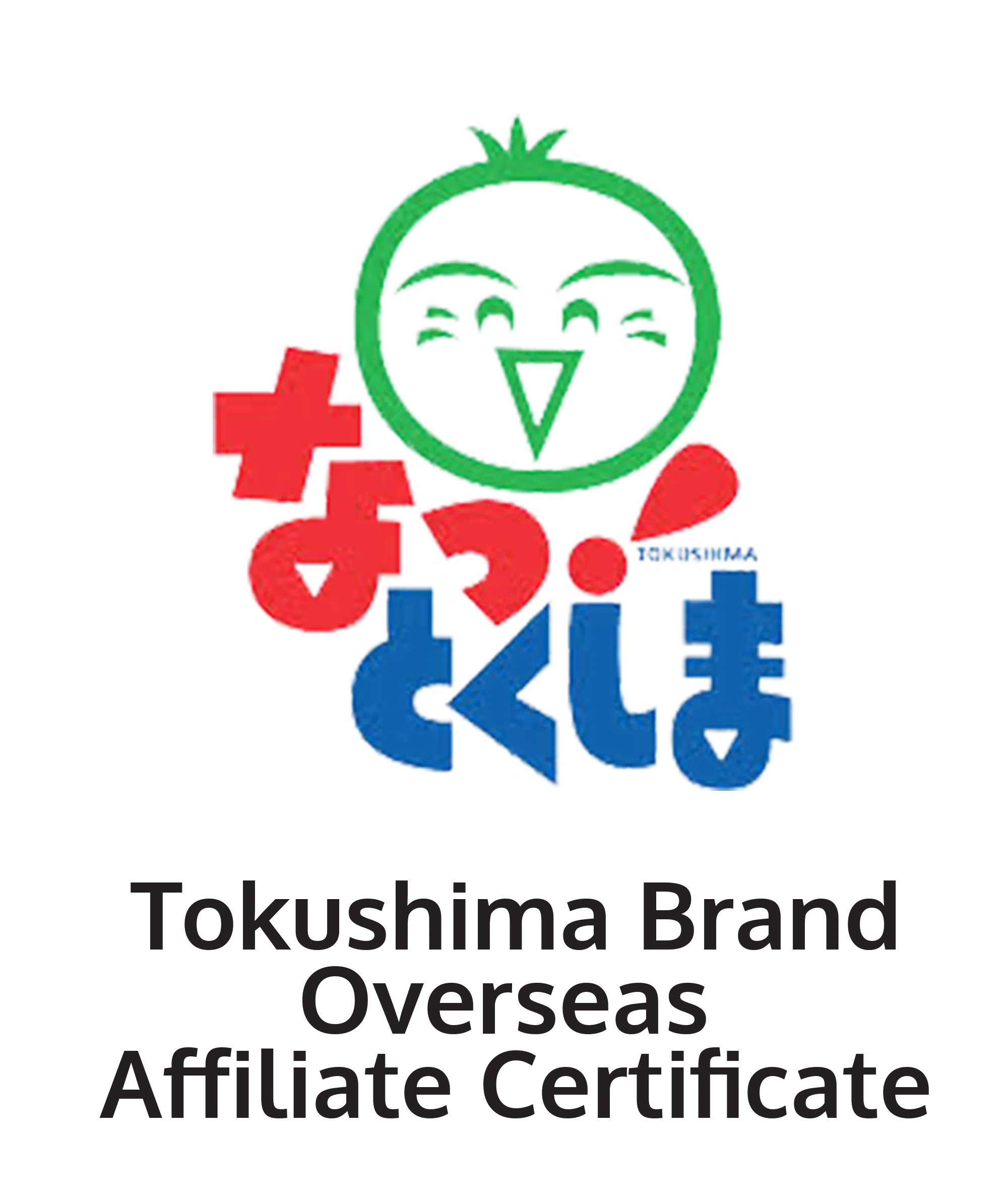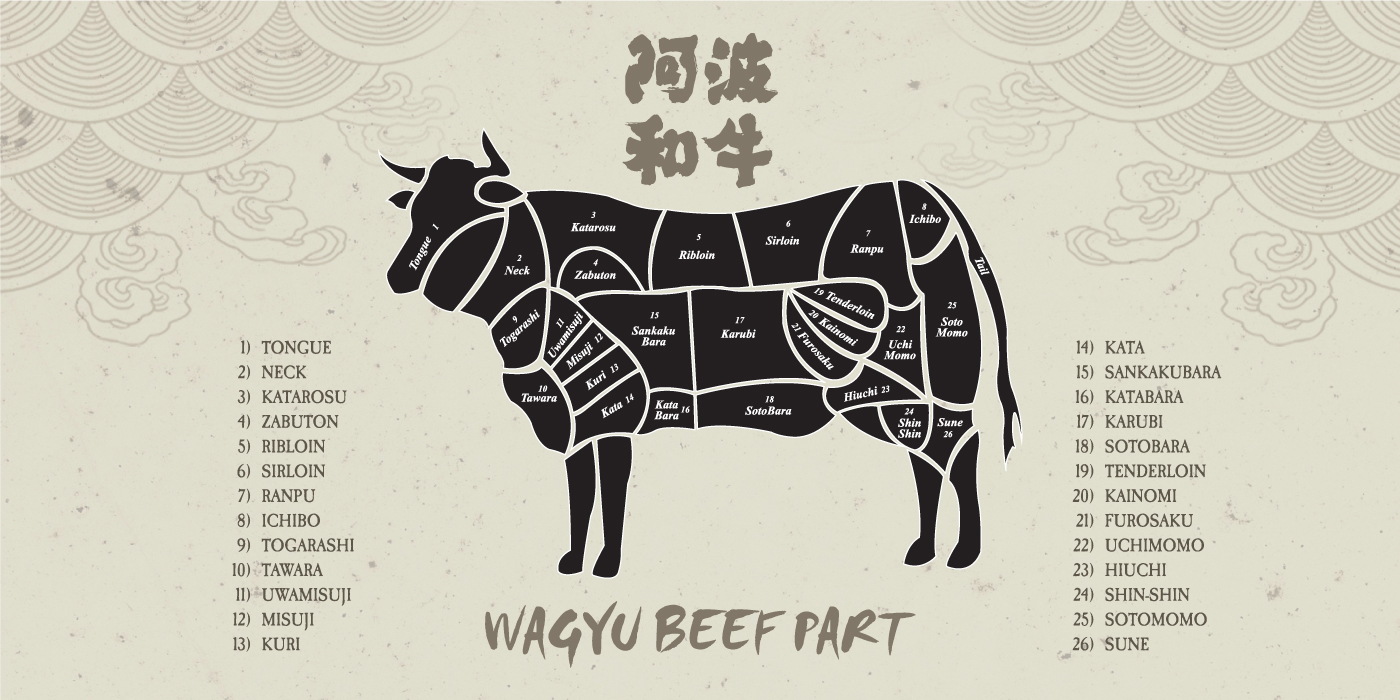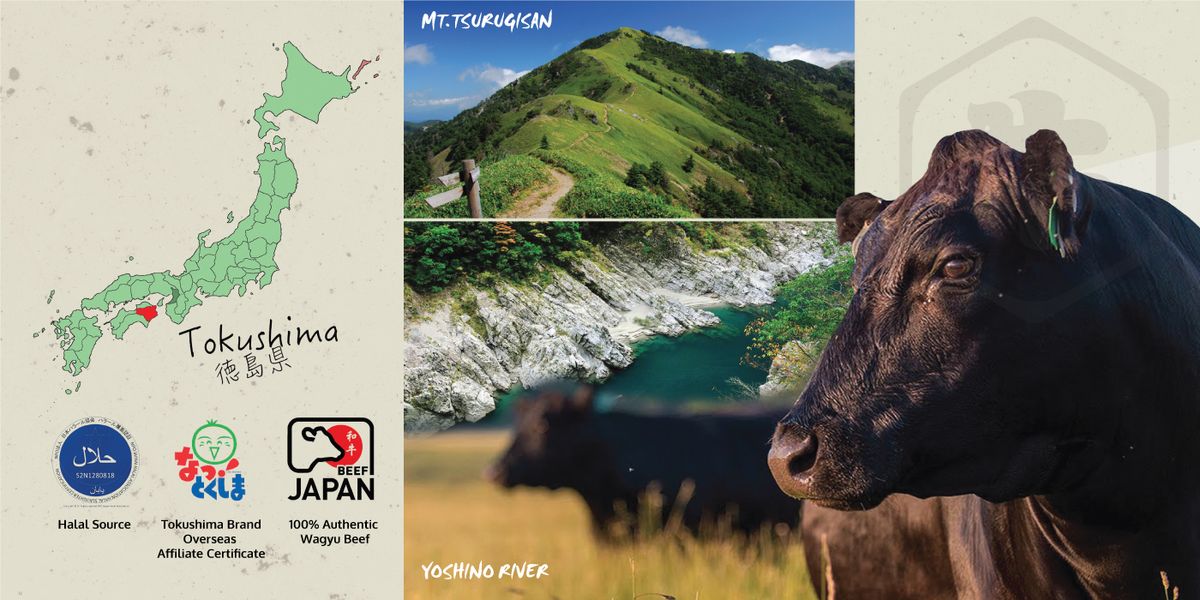
What is JAPAN TOKUSHIMA A5 WAGYU Beef ?
JAPAN TOKUSHIMA A5 WAGYU Beef is a highly prized type of Wagyu beef that comes from the Japanese Black breed's Tajima cattle strain. It is the most widely known regional specialty food in Japan. The JAPAN TOKUSHIMA A5 WAGYU meat must be born and raised in Hyogo Prefecture and killed in local slaughterhouses. It is one of the several breeds of Japanese cattle that are bred throughout the country and linked with the area where they are raised.
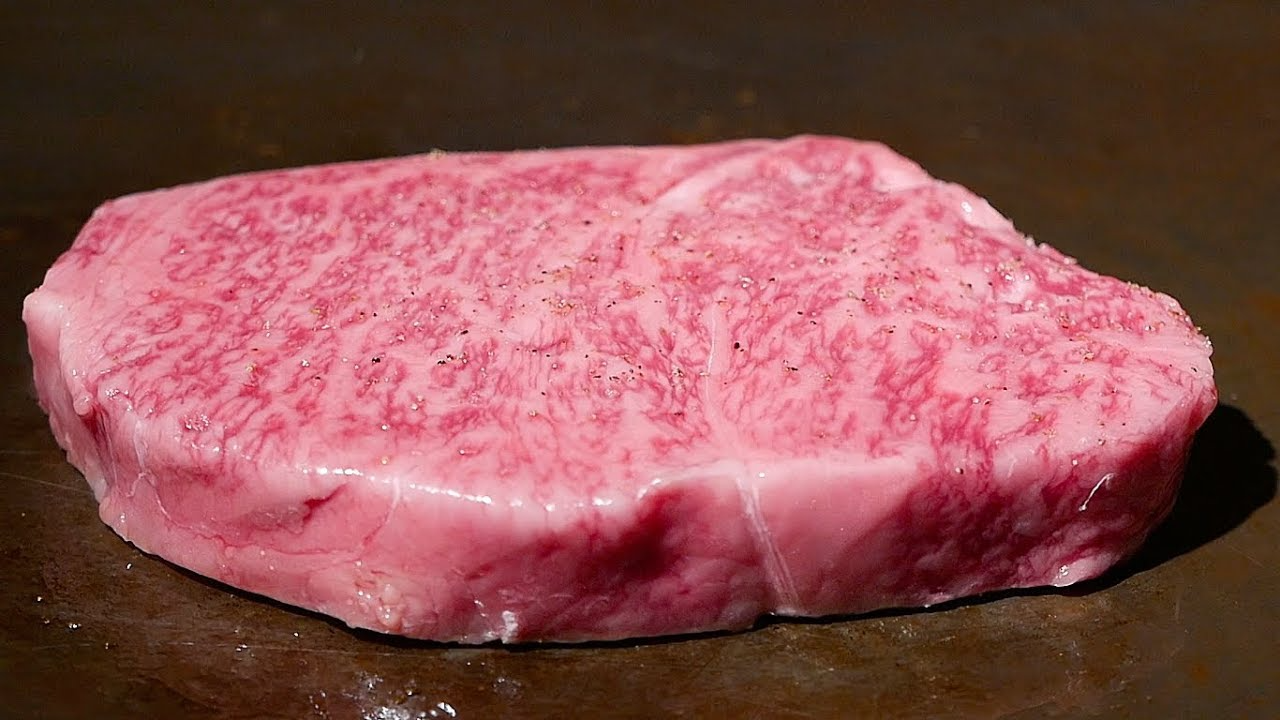
The other breeds, such a Miyazaki and kobe Beef, are equally or even more famous among Japanese gourmets. The meat quality of Tokushima Wagyu beef has a score of 4-5, and the cattle themselves must be heifers or bullocks. Only 3,000–5,000 head of cattle meet these restrictions each year and get the Kobe stamp.
Where does JAPAN TOKUSHIMA A5 WAGYU Beef come from?
There's a common misconception that Tokushima is the name of the Japanese cattle breed. Kobe is the name of the capital city of Japan's Hyogo Prefecture. When the same breed, i.e., Japanese Black cattle, is raised in the Mie Prefecture and is known as Matsusaka, another highly prized beef. It is a must for the meat to be born, raised, and slaughtered there in order to be labeled as Kobe beef.
Kobe vs. Wagyu: What's the Difference?
Kobe beef, basically, is a variety of Wagyu beef. You may say that all Wagyu beef is not Kobe beef, but all Kobe beef is a variety of Wagyu beef. The Kobe beef comprises a very particular strain of Wagyu called Tajima-Gyu, which is raised to strict standards in Hyogo's Prefecture.
For something to be categorized as Kobe beef, it has to originate in Kobe, Japan. All parties from the farm, slaughterhouse, buyer, and the restaurant have to be licensed by The Kobe Beef Association. Kobe Beef must have a delicate meat texture and excellent firmness.
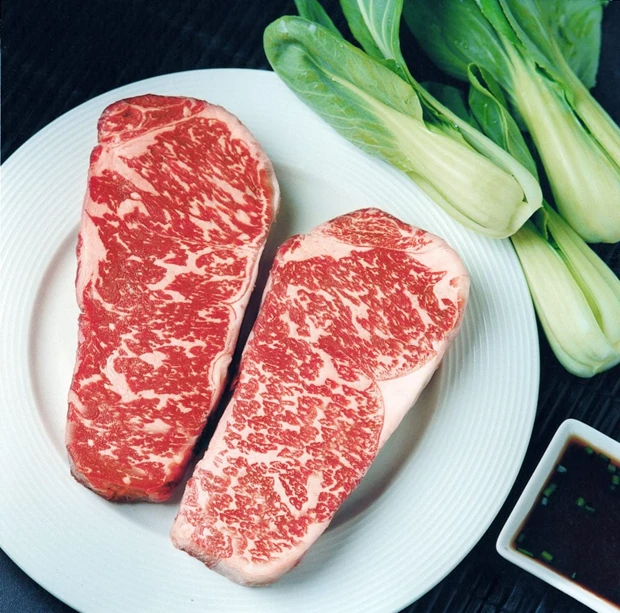
While the Wagyu is a much broader term, and the Wagyu beef must be produced from the four breeds; Japanese Black (most common), Japanese Brown, Japanese Shorthorn, and Japanese Polled. Wagyu can be crossbred, purebred, or full-blooded, and does not necessarily need to be raised in Japan. Many producers outside of Japan are producing crossbred Wagyu. For example, there are American Wagyu, Australian Wagyu, and Chilean Wagyu.
Real Kobe beef, like Champagne, comes from a specific area. Terms like "American Kobe," "domestic Wagyu," and "Kobe-style beef" aren't regulated the way Japanese Wagyu is, so it's nearly impossible to find authentic Kobe beef at steakhouses outside of Japan.
How is TOKUSHIMA A5 WAGYU Beef raised?
The Wagyu cattle are raised with extraordinary care. The breeders create special feeds out of forage, rice straw, grasses, and then supplement with corn, soybean, barley, wheat bran, and in some cases even beer or sake. With this breeding method, longer periods for fattening are also combined, and as a result, Wagyu cattle produce an unparalleled level of marbling. Unlike any other cattle, the fat also melts at a lower temperature, resulting in a buttery and rich flavor unseen in other strains of beef.
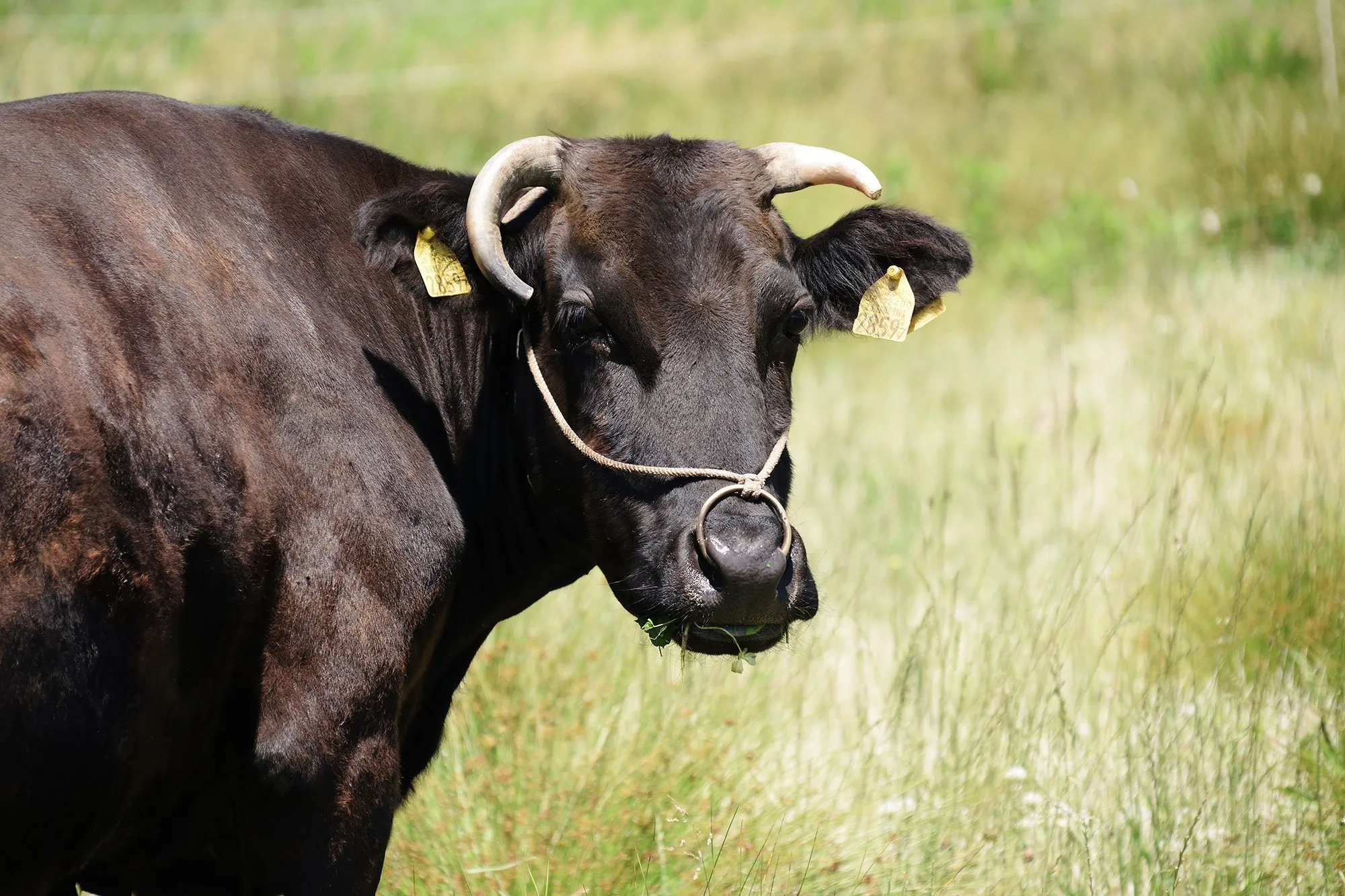
The farmers want to ensure that these cattle, from birth to harvest, are in a stress-free environment. Specialty breeders raise the wagyu cows until they are between seven and ten months old when they are sold to a farmer along with a birth certificate certifying their pure bloodline. The farmers take great pride in providing the wagyu cows with a humane life, and these cows are never given steroids, growth promotants, or drugs to gain their weight faster. The whole process is natural and takes time.
JAPAN TOKUSHIMA A5 WAGYU Beef Grades

Being a variety of Wagyu beef, TOKUSHIMA A5 WAGYU Beef is also graded using the Wagyu grading system. This system rates the quality of the beef using a combination of numbers and alphabets. Wagyu is given an alphabetical grade (A through C) for yield and a number grade (1 through 5) for quality.
YIELD GRADING
The yield grading defines the cutability of the meat, which means the proportion of meat that can be acquired from a specific part of the cattle's carcass.
Grade A means the beef is rated as above standard, grade B refers to standard rating, and C means below standard.
QUALITY GRADING
The quality of the Wagyu beef is measured by assessing four components:
- The thin strips or flecks, which is called marbling.
- The brightness and color of the beef.
- Luster and quality of the fat.
- Texture and firmness.
The number grading of the beef from 1-5 is defined as follows:
1: Poor
2: Below average
3: Average
4: Good
5: Excellent
THE BMS METHOD
There is another grading method to rate the beef's marbling, which is called Beef Marble Score (BMS). The BMS is used to measure the marbling to a finer degree of accuracy and is scored on numbers from 1-12. The score determines how the marbling is important to Wagyu's quality and the overall buttery high-quality Kobe beef experience.
The BMS scoring can be explained as:
8-12: Excellent
5-7: Good
3-4: Average
2: Below Average
1: Poor
A5 is considered the best score, and the A12 is extremely rare. On the BMS scale, the highest marbling grade equates to about 4. Most local Wagyu or hybrids would score 6-9 while Kobe typically scores 10 or above.
The quality rating and scores are taken quite seriously and are done by at least three independent highly-trained assessors, whose scores are then combined to get a final score. Japanese beef must grade at the same level across all quality standards to attain that status. For instance, beef that is rated as A for yield and 5 across three of the four quality amounts, and 4 for one, can only be given a score of A4. For wagyu beef to be categorized as Kobe beef, it must have a yield and quality score of A4 or A5. But that's not all.
Requirements for the Real JAPAN TOKUSHIMA A5 WAGYU Beef
There are certain requirements Tokushima beef needs in order to be classified as authentic.
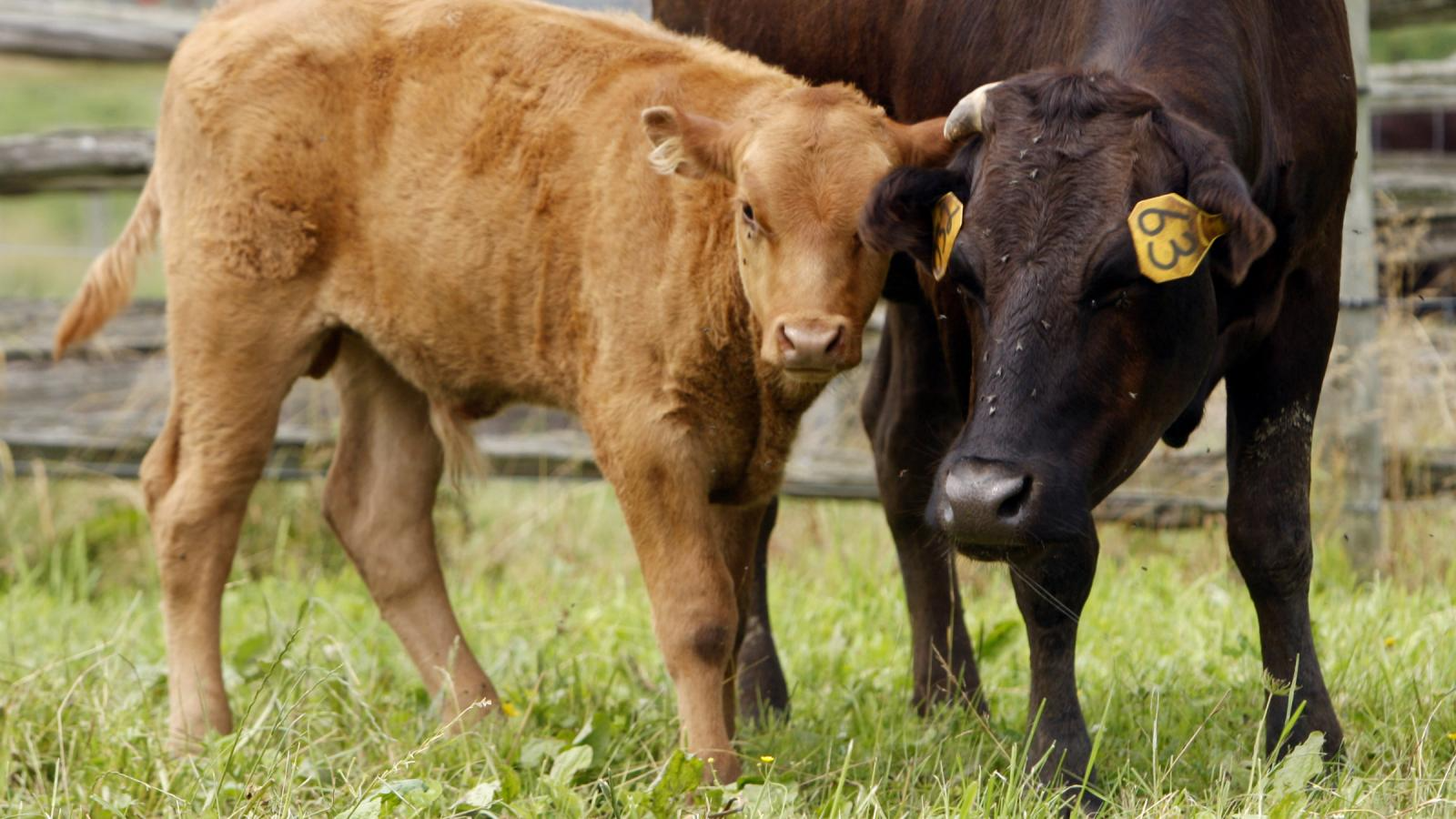
Tokushima BEEF CATTLE
The Tokushima beef must come from a -Gyu cow belonging to the Japanese Black breed and must be of pure-breed Tajima-Gyu ancestry, be a steer (castrated bull) or virgin cow, and have been raised, born and slaughtered in Hyōgo Prefecture, Japan. The cattle must have been fed only grasses and grains from within the Prefecture and have a470 kg or less gross carcass weight.
QUALITY OF Tokushima BEEF
The yield and quality scores for Wagyu we talked about above, matters in determining the quality. Tokushima beef must obtain the highest grades of A4 or A5. Also, the Beef Marbling Score (BMS) must be 6 or higher. This explains that an A4 Wagyu with a BMS of 5 does not meet the criteria to be called Kobe beef.

TOKUSHIMA BEEF AUTHENTICITY
All Tokushima beef must be assigned a 10 digit ID number so that it's easier to trace back its authenticity to the individual cow it came from.
Only when all of the above requirements are checked can a piece of Wagyu be labeled as TOKUSHIMA beef or Miyazaki steak. This whole complex and challenging procedure makes kobe beef the most expensive steak cut in the world.
What does WAgyu Beef taste like?
Wagyu beef has a high amount of marbling with a Beef Marbling Score (BMS) of 6 or above. This high marbling score denotes that Wagyu beef is uniformly fatty. Purebred Angus is the other beef cattle that is known for fat marbling.
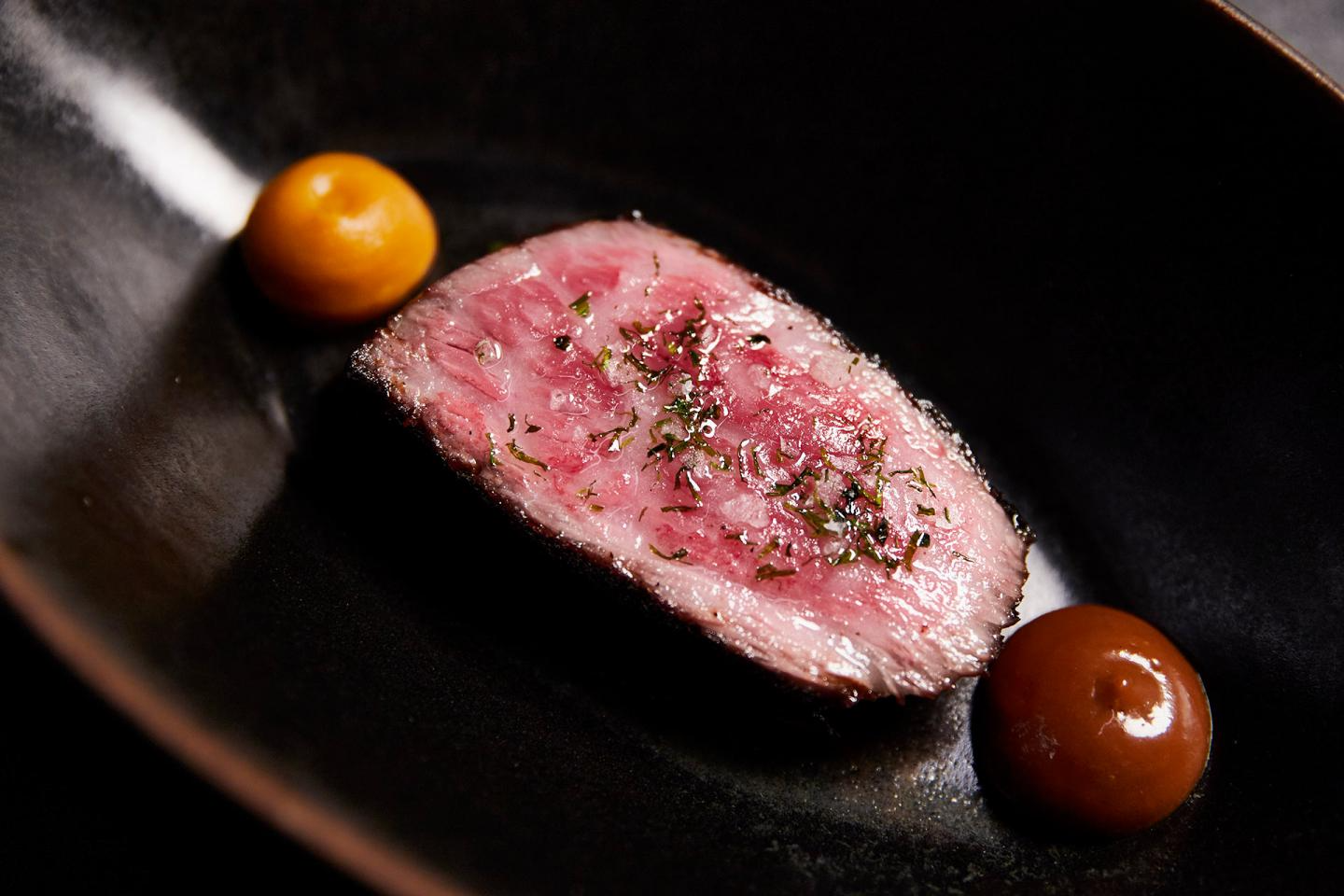
Just like shabu-shabu, Wagyu beef is thinly sliced, which is why it has a melt-in-your-mouth texture. One way to determine the real Wagyu beef is that it's so tender that you don't almost have to chew it.
What makes A5 WAGYU Beef so expensive?
Wagyu beef is the most expensive beef in the world due to its uncompromising regulations the region uses for its cattle. The Wagyu beef is raised to strict standards in the Prefecture of Hyogo. The cattle are provided special care, a stress-free environment, fed a rich and highly-priced diet so that their fat's marbling turns out to be of the highest quality and score.
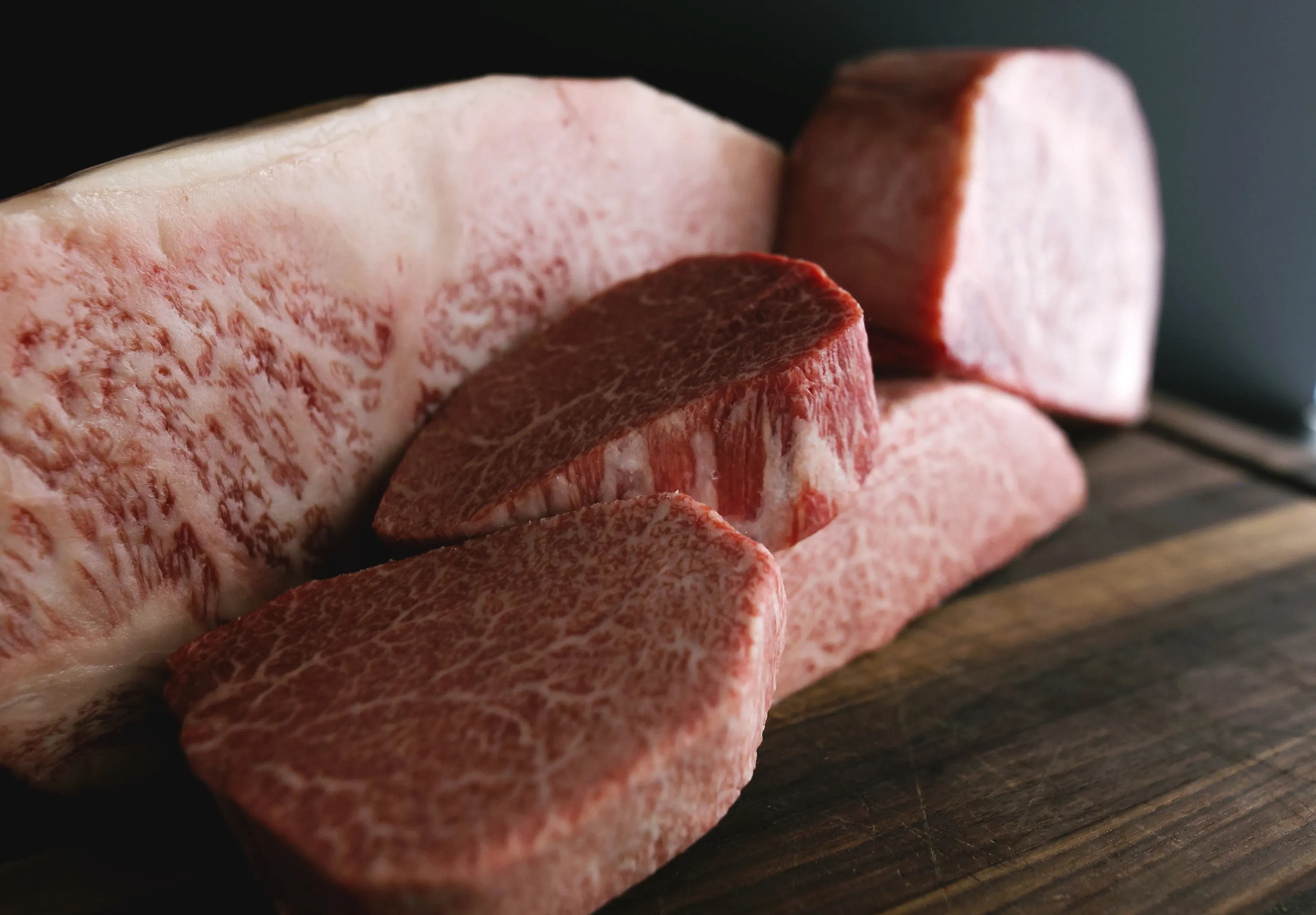
The high marbling content in Wagyu beef's fat makes it the creamiest, most decadent, and flavorful steak one can have. Each year, only 3000 head of cattle qualify as authentic Wagyu cattle, which is the Wagyu beef price is high because the supply is low.
How to cook Wagyu Beef steak the correct way
Usually, the Wagyu beef is served thinly sliced or cooked teppanyaki style on a hot plate. It can also be served in a classic steak form like carpaccio form (raw sashimi), sukiyaki (Japanese hot pot), or shabu-shabu, which is thin slices cooked in a boiling broth.

The Wagyu beef is most tender and juiciest when the fat is melted throughout the meat, so it is recommended that you cook it on medium-rare to medium flame. Here is a guide on how you can cook the Wagyu beef perfectly.
Bring the meat to room temperature
Take the beef out of the refrigerator an hour before cooking it and defrost it. This will help you get the meat cooked more evenly and faster. 15 ounces can be easily served for two people.
Seasoning
Once the meat is at room temperature, season it with salt and pepper. If you are having steak, season both sides.
Make it crispy!
Searing the thicker steak surfaces helps retain its moisture while cooking and gives it a brownish color. Preheat your pan and sear the meat in it for 1.5 to 2 minutes on each surface, then moderate the heat while you finish cooking. For cooking the steak, you have to turn down the heat, and if you are roasting it, then it means putting the meat into the oven.
Get the meat thermometer.
It is recommended that you roast the meat at the temperature of 120°C/250°F to cook the meat evenly without drying it. Investing in a meat thermometer helps you test the cooking doneness because relying solely on cooking time will lead to varying results.
Bring it to rest
When the meat is within 2°C/5°F of its desired cooking temperature, remove it and wrap it in a foil. Now for steak, let it rest for 5 minutes and 15-20 minutes for roasts. The temperature will rise by several degrees during this time, thus finishing off the cooking process. Resting the meat will allow the juices to redistribute evenly, ensuring a juicy and tender eating experience.
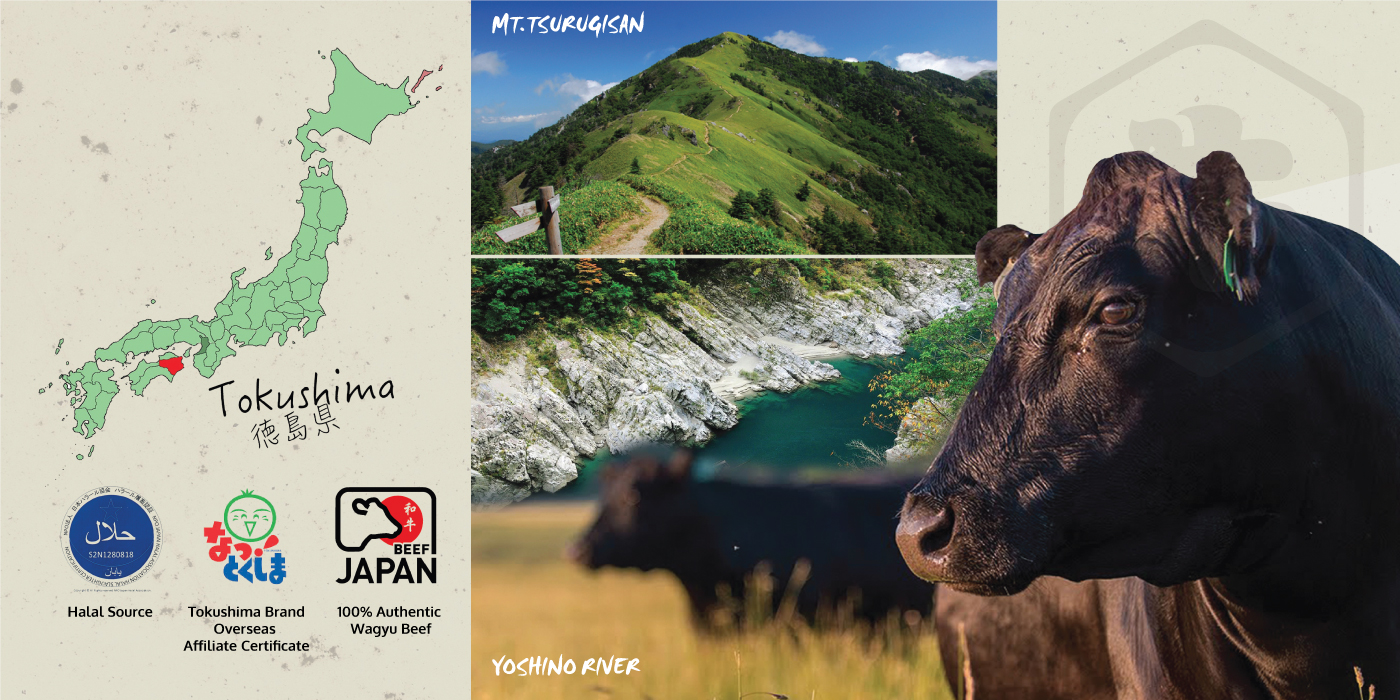
Where can I buy real JAPAN TOKUSHIMA A5 WAGYU Beef?
One more thing is that people often struggle with the thought of whether the Wagyu beef available in their region is genuine or not? The first obvious indicator would be its price. Wagyu beef retails for around $200 per pound at its lowest at international, so if someone is claiming to serve you wagyu steak at a lower price, they are certainly lying.

You can also ask the shop or restaurant to show you the Wagyu beef paperwork being accompanied by a certificate verifying its origins, along with a 10-digit ID number and a scannable QR code.
Wrapping Up
All the A5 WAGYU beef information above may seem a little bit confusing, but it really is not. We are not so happy to break it down to you that all those stories about the Wagyu cows being provided with beers, massages, and classical music are myths! Some farmers have used such techniques, which is why the legends are derived but are not an industry-wide standard. But the out of this world taste of the beef speaks for itself and is really "melt-in-your-mouth"!
Lucky are the ones who have tasted authentic TOKUSHIMA A5 WAGYU Beef. It makes up just 0.06% of all the beef consumed in Japan and considering that very little of it leaves the country, you can be guaranteed that any overseas restaurant serving A5 wagyu beef is pretty exclusive. If you can't make it all the way to Japan for the A5 WAGYU beef, don't worry! Wagyu beef is equally delicious and gives you the unique experience of tasting the world's most opulent steak!
